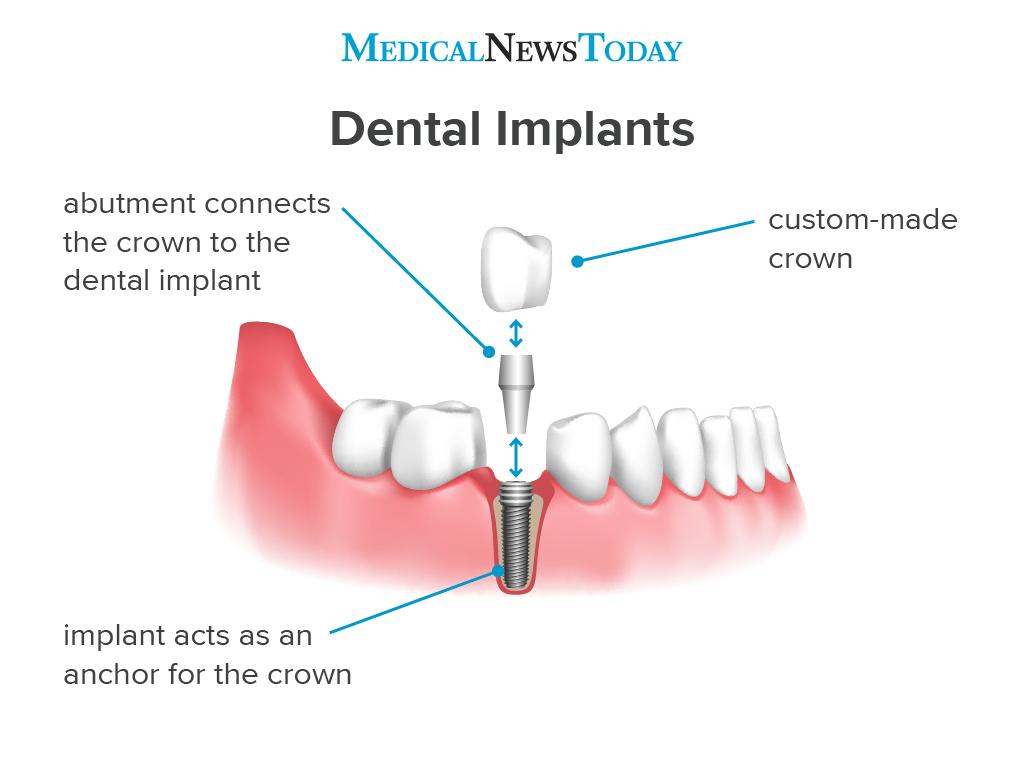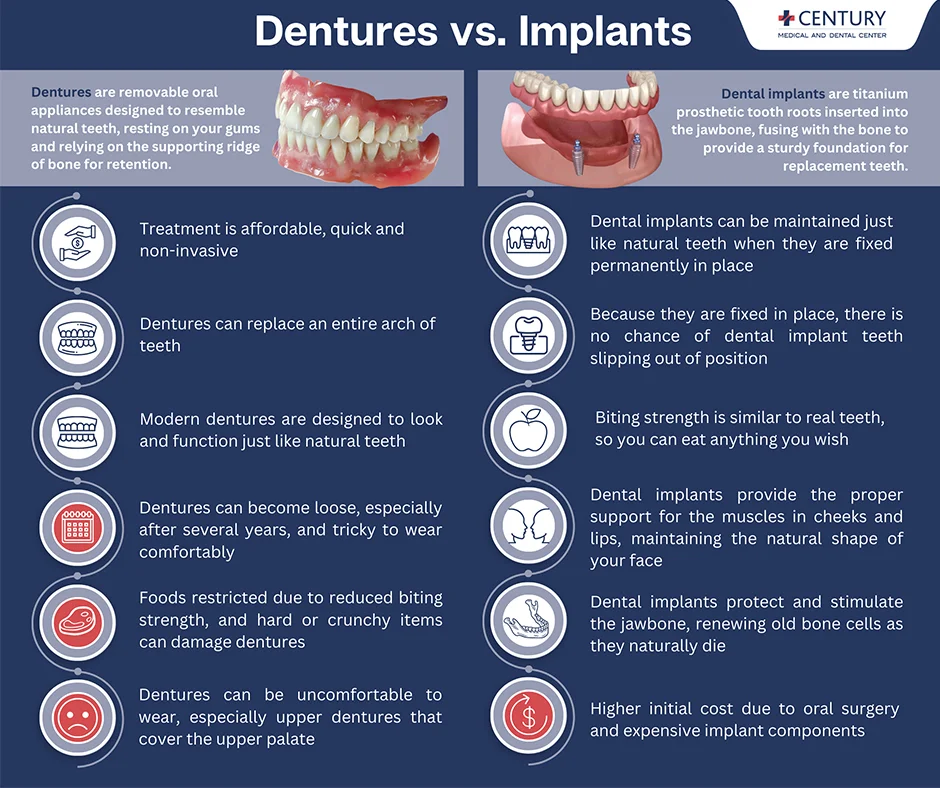The 3-Minute Rule for Dental Implants
The 3-Minute Rule for Dental Implants
Blog Article
Get This Report on Dental Implants
Table of ContentsDental Implants Can Be Fun For AnyoneExcitement About Dental ImplantsDental Implants Can Be Fun For AnyoneAn Unbiased View of Dental Implants
are medical gadgets operatively dental implanted into the jaw to restore an individual's capacity to eat or their appearance. They offer assistance for fabricated (fake) teeth, such as crowns, bridges, or dentures. When a tooth is lost as a result of injury or disease, a person can experience issues such as quick bone loss, malfunctioning speech, or changes to chewing patterns that cause pain.
Framework of The Dental Implant System picking dental implants, talk to your dental copyright regarding the possible advantages and risks, and whether you are a candidate for the procedure. Points to consider: Your general health is a crucial variable in figuring out whether you are a good candidate for dental implants, for how long it will certainly require to recover, and for how long the implant might remain in area.
Smoking might affect the healing procedure and decrease the long-term success of the implant. The healing process for the implant body may take a number of months or longer, throughout which time you commonly have a temporary joint instead of the tooth. the dental implant treatment: Meticulously adhere to the oral health instructions offered to you by your dental supplier.
Rumored Buzz on Dental Implants
Implant failure can cause the need for an additional medical treatment to repair or change the implant system. Restores the ability to chew Restores aesthetic appearance Aids maintain the jawbone from reducing because of bone loss Protects the wellness of the surrounding bone and gum tissues Aids keep adjacent (close-by) teeth stable Improves lifestyle Damages to surrounding natural teeth during implant placement Injury to the surrounding tissues throughout surgical procedure, such as sinus opening Injury throughout surgical procedure (for instance, crack of surrounding jawbone) Insufficient function, such as really feeling like the teeth do not bite with each other normally An experience that the tooth hangs or turning in position arising from a joint screw loosening up Implant body failure (looseness of the dental implant body) because of systemic infection, which might be extra likely in patients with uncontrolled diabetics issues because of local infection in bone and gum tissues sustaining the dental implant body due to delayed recovery, which may be most likely in people that smoke Trouble cleaning up the gums around the dental implant, resulting in bad dental health Without treatment gum condition Post-surgical pins and needles as a result of nerve impingement or damages Constantly inform healthcare companies and imaging technicians that you have oral implants before any type of magnetic resonance imaging (MRI) or x-ray treatments.
FDA is not mindful of any damaging events reported for MRI or x-ray procedures with dental implants. Oral implants systems are typically constructed from materials that adhere to global agreement standards of the International Company for Standardization (ISO) or ASTM International. These criteria have details of what makes a safe product.
Various other products such as gold alloys, cobalt-based alloys, titanium alloys, or ceramic products are sometimes made use of. The security profiles of these materials are well-known. Dental dental implant systems are examined according to international agreement criteria. Biocompatibility testing, to show that bodily contact with the tool does not create difficulties like irritation or allergic response, belongs to the analysis that assists make certain the materials in the oral implant have a peek at these guys system are secure and do not create adverse impacts when implanted in people.

All about Dental Implants
Some individuals are not eligible for oral implant surgery. It is for oral doctors to operate on individuals with: severe illnessuncontrollable metabolic diseasebone or soft tissue disease or infectionIf these issues are dealt with, an individual can have the surgery. Dental Implants. In, oral cosmetic surgeons avoid operating on individuals with: If individuals with any one of the above undergo dental implant surgery, there is a greater danger of the dental implant failing
Some individuals have a jawbone abnormality that avoids enough bone for an implant from creating. In such situations, a doctor may require to carry out a ridge adjustment. This includes raising the gum to subject the location of warped bone. The cosmetic surgeon will after that utilize a bone or bone alternative to fix and develop the location.
Dental implant surgical procedure is a customized procedure. Offer you time to heal. Connect the blog post and final crown, bridge or denture.
Next off, your cosmetic surgeon will carefully put the oral implant right into your jaw. Finally, your specialist will certainly reposition your periodontals and shut the laceration with stitches. If your implant is near the front of your mouth, your dental practitioner will make a short-term tooth for you to use till you recover. That way, you won't have a space in your smile while you recuperate.
Some Known Details About Dental Implants
Your service provider can tell you what to anticipate in your scenario. Throughout the healing phase, your jawbone needs to fuse to the oral implant. This company website process, called osseointegration, is important for stability and long-lasting success. This process can take anywhere from 3 to 9 months. Sometimes, it may take longer.
When your dental implant heals, your dental practitioner can attach the abutment (tiny adapter article) home and your last repair (crown, bridge or denture). This normally takes regarding one hour to complete and might require a 2nd minor surgery. You should not feel any kind of pain throughout your dental implant procedure due to the fact that your company will make use of medicine to numb your gum tissues.
Report this page